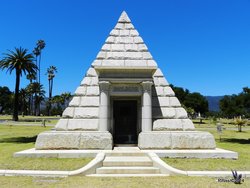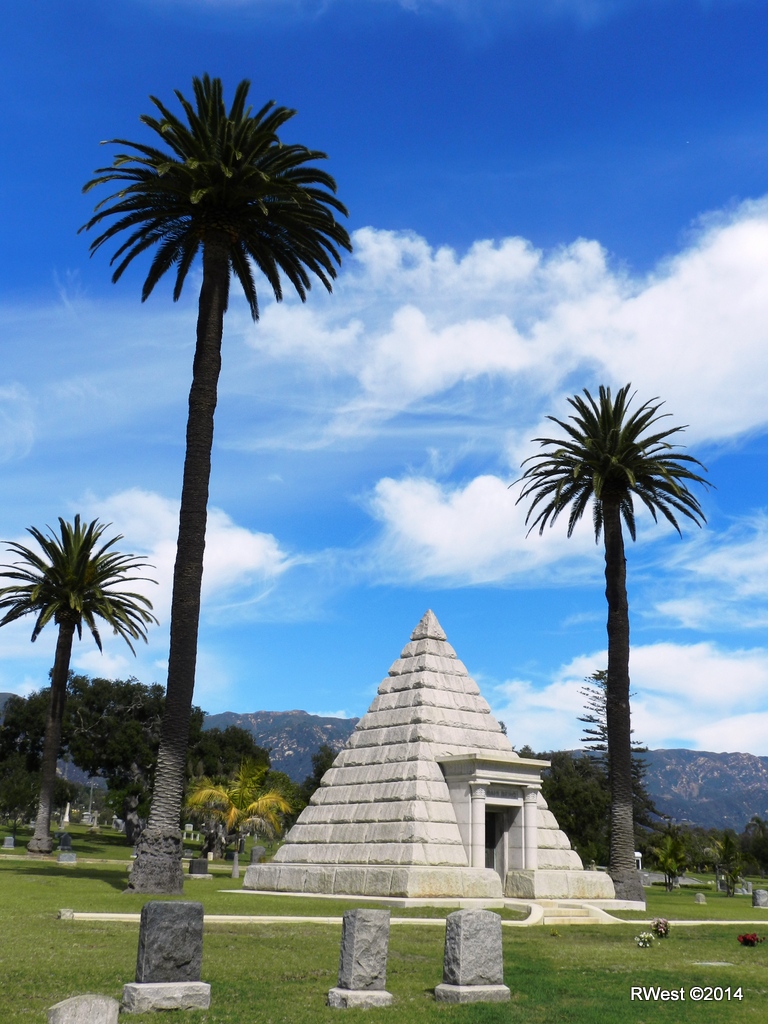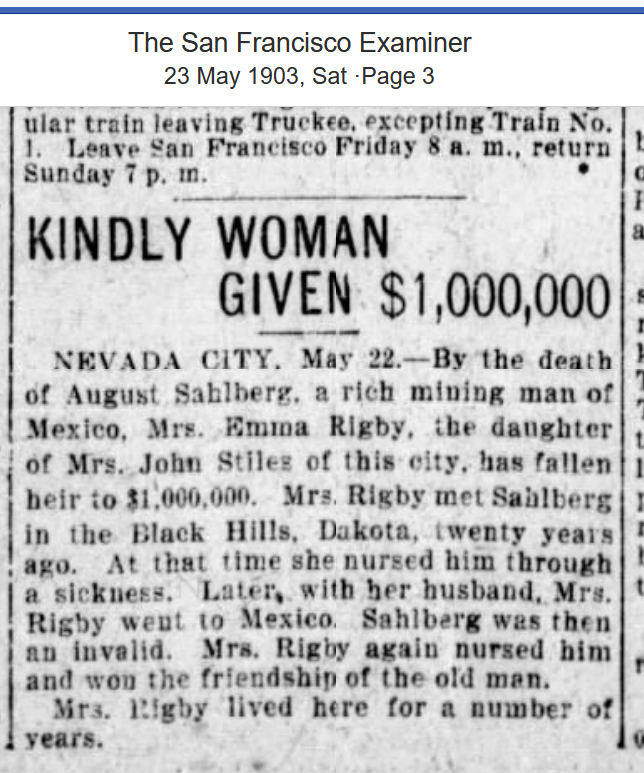August Sahlberg was born in Norway, May 17, 1859. In early life he was a sailor, but in 1879, at the age of 20, he abandoned the sea to seek his fortune in this country. Finally devoting himself to mining as a profession, he worked in the mines of Arizona, New Mexico, Idaho, California and Montana successively, gaining his most important experience and promotion at Butte, Montana. In 1886 he went to Mexico, and, soon after, took charge of what is now the El Oro mine, at El Oro, Mexico. Under his management, the enterprise become profitable. He
was the first to recognize that the veins running through the El Oro property did not end at its boundary; and he located verious claims north and south of the El Oro ground, among which was the now famous Esperanza. This he developed as far as he was able; but, being at that time a poor man, he had not sufficient funds to continue work after he struck water in the shaft he was sinking. After endeavoring to obtain the necessary aid in the Uniter States, he succeeded in securing some local Mexican capital, with which he continued work. The result amply vindicated his judgment. At the time of his death he had a fortune of several million dollars.
Starting with only a common school education, gained in his native land, Mr. Sahlberg acquired by constant application a surprising knowledge of general subjects, besides a thorough practical and theoretical acquaintance with his calling. In addition to his native tongue, he spoke English and Spanish fluently. He was a thorough business man of sterling character, and El Oro owes its present prosperity, in large measure, to his energy and perseverance. He joined the Institute in 1900.
Mr. Sahlberg died April 30, 1903, at his home in Mexico. By his will, after providing for relatives, he divided the greater part of his fortune among old friends and associates.
~ ~ ~ ~ ~ ~ ~ ~ ~ ~ ~ ~ ~ ~ ~ ~ ~ ~ ~
August Sahlberg was born in Norway, May 17, 1859. In early life he was a sailor, but in 1879, at the age of 20, he abandoned the sea to seek his fortune in this country. Finally devoting himself to mining as a profession, he worked in the mines of Arizona, New Mexico, Idaho, California and Montana successively, gaining his most important experience and promotion at Butte, Montana. In 1886 he went to Mexico, and, soon after, took charge of what is now the El Oro mine, at El Oro, Mexico. Under his management, the enterprise become profitable. He
was the first to recognize that the veins running through the El Oro property did not end at its boundary; and he located verious claims north and south of the El Oro ground, among which was the now famous Esperanza. This he developed as far as he was able; but, being at that time a poor man, he had not sufficient funds to continue work after he struck water in the shaft he was sinking. After endeavoring to obtain the necessary aid in the Uniter States, he succeeded in securing some local Mexican capital, with which he continued work. The result amply vindicated his judgment. At the time of his death he had a fortune of several million dollars.
Starting with only a common school education, gained in his native land, Mr. Sahlberg acquired by constant application a surprising knowledge of general subjects, besides a thorough practical and theoretical acquaintance with his calling. In addition to his native tongue, he spoke English and Spanish fluently. He was a thorough business man of sterling character, and El Oro owes its present prosperity, in large measure, to his energy and perseverance. He joined the Institute in 1900.
Mr. Sahlberg died April 30, 1903, at his home in Mexico. By his will, after providing for relatives, he divided the greater part of his fortune among old friends and associates.
~ ~ ~ ~ ~ ~ ~ ~ ~ ~ ~ ~ ~ ~ ~ ~ ~ ~ ~







